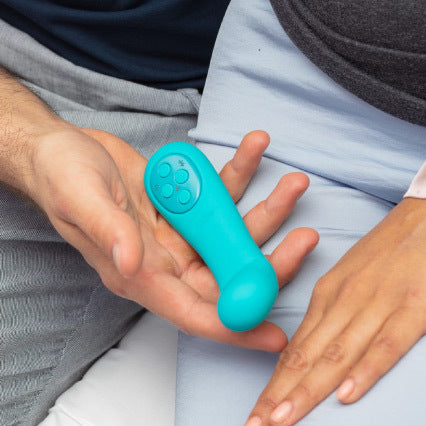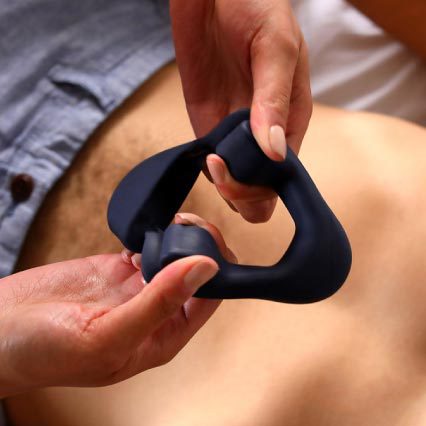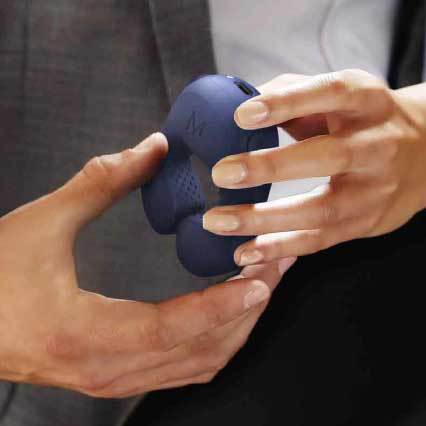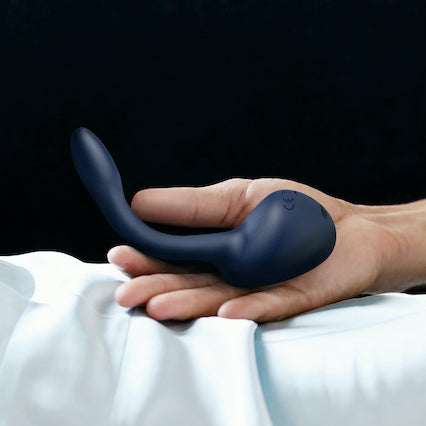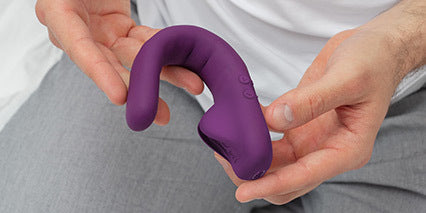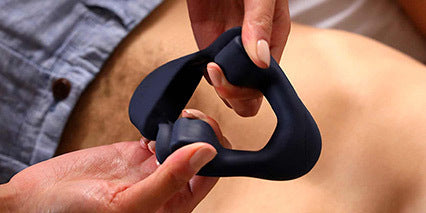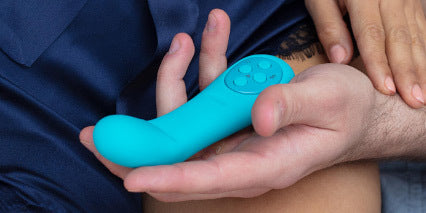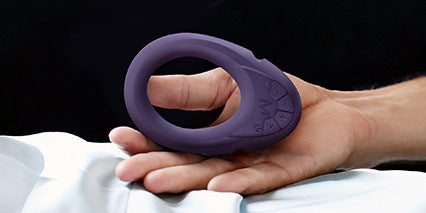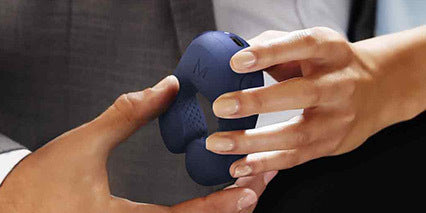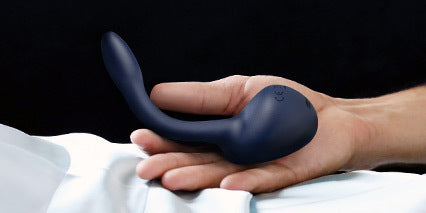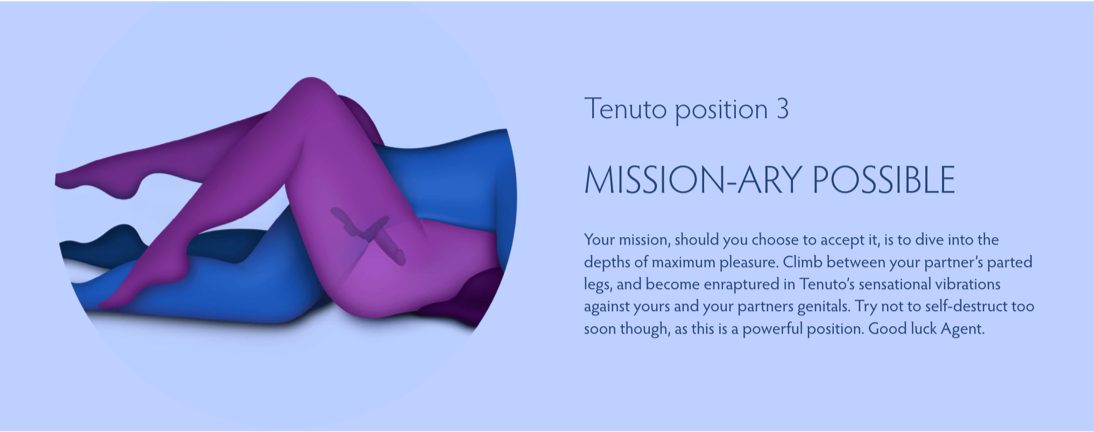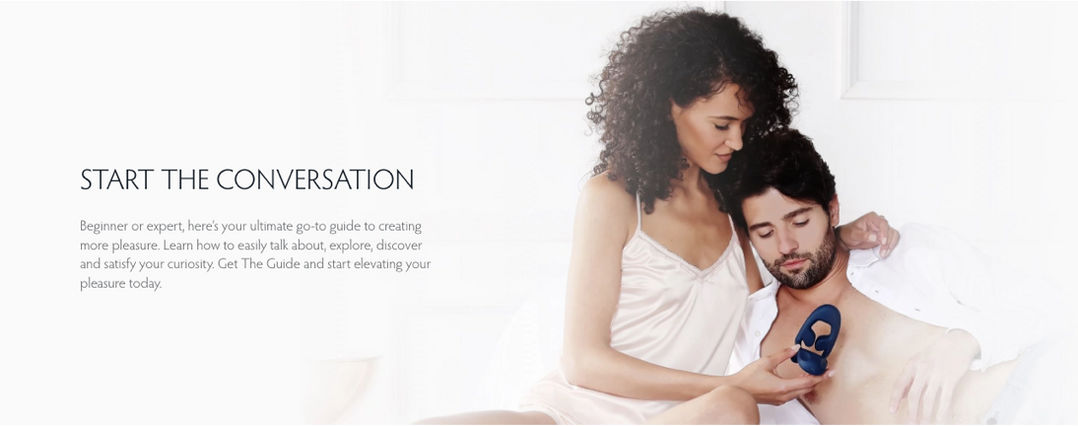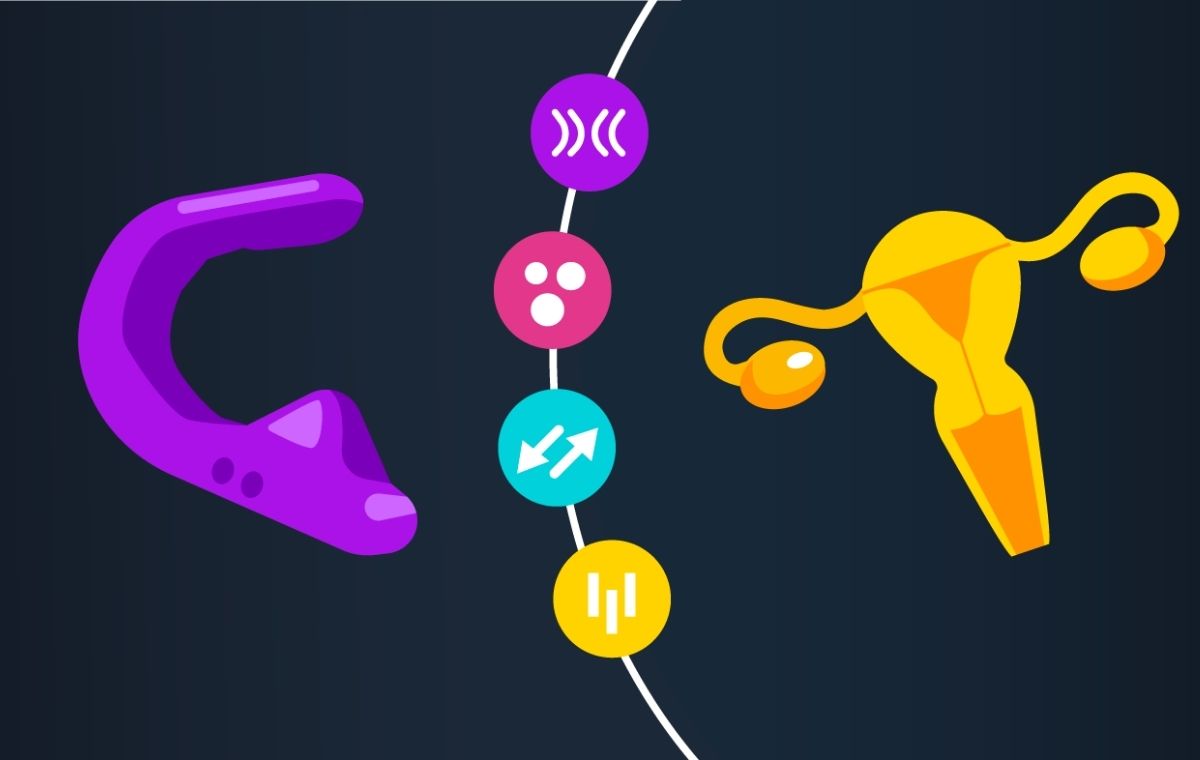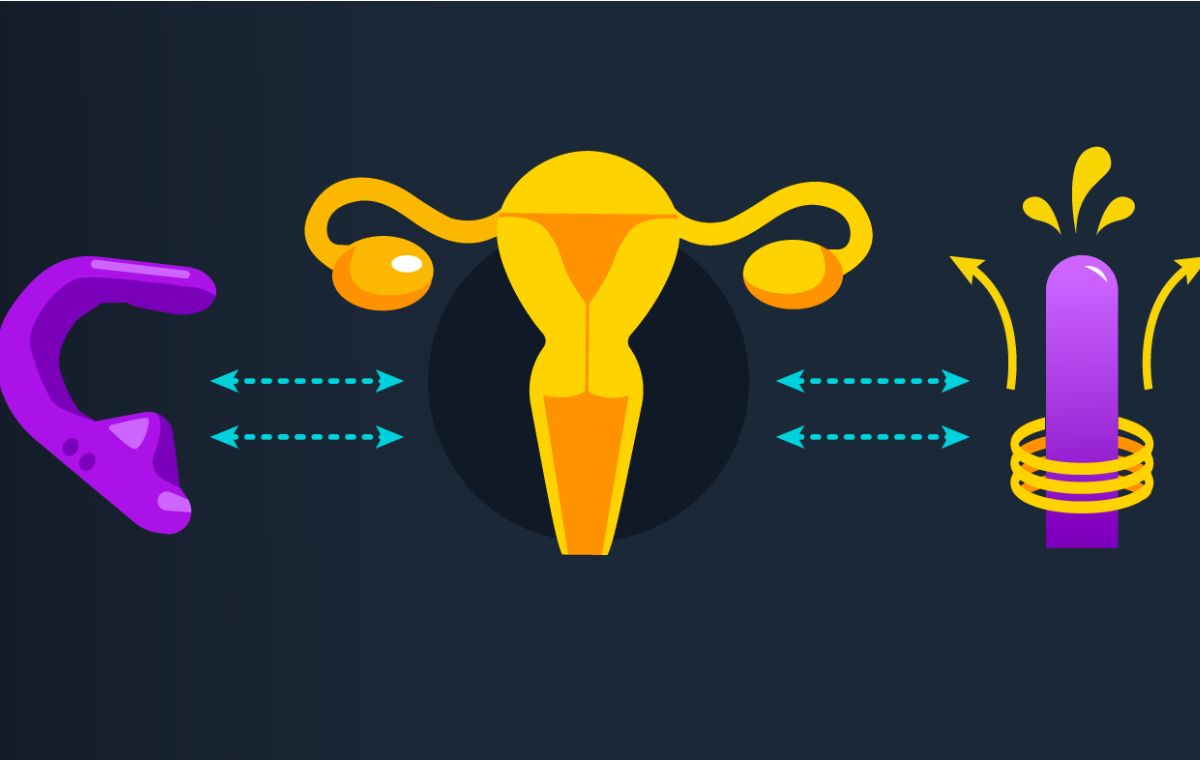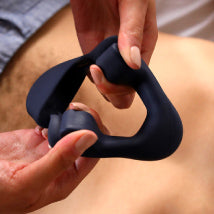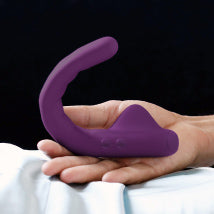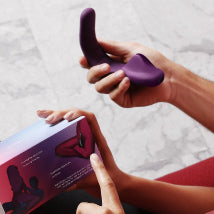Vaginismus is a condition that affects millions of people, yet can all too often feel completely isolating for women and their partners. The silence that surrounds this issue quite often leads to distress and feelings of helplessness. With a combination of vaginismus exercises and pelvic floor therapy, you can overcome vaginismus and get back to enjoying your sex life.
Vaginismus is where the vaginal muscles around the opening involuntarily retract. This automatic action is not intended and quite often the woman doesn’t want it to happen! The penetration in question could be anything from a tampon to vaginal penetration - a lot of partners describe it as hitting a wall. This spasm or tightening is usually a response to the anticipation of pain and usually stems from converging issues such as vaginal pain, performance anxiety, hypertonic pelvic floor, and problems with penetration.
Women with vaginismus benefit from a range of treatments and exercises that can help reduce the pain and make sexual intercourse more enjoyable in no time. However, everyone is built differently and for some these exercises may work in a mere few weeks whilst for others it could be years until they see the benefits. Everyone’s path to healing is different and it is important not to put too much pressure on yourself with your expectations.
It is important to go to your GP, sexual health clinic or gynecologist to be assessed with a pelvic exam and form a specific treatment plan - but to get you started these vaginismus exercises can help and are easy to do at home.
Vaginismus exercises and how to do them at home
Pelvic floor breathing
The relationship between your pelvic floor and your breathing is really important - and breath control is essential in maintaining a healthy pelvic floor and treating persistent pain such as vaginismus. This exercise can help you focus upon your vaginismus and train your body to relax in situations it is perceiving as stressful.
How to practice pelvic floor breathing:
- Lie down on your back with a pillow under your head, knees bent and feet flat on the floor. This position can help aid you in relaxation.
- Breathe in deeply through the nose and feel your stomach rise. Place your hands on your stomach to feel your stomach rise wait 4-5 seconds to keep your shoulders relaxed and your ribcage soft.
- Consciously relax your tummy downward and relax your pelvic floor muscles from front to back as if you are passing urine
- Then sigh the breath out slowly
Pelvic floor drop
This technique has also been coined ‘reverse Kegels’ and gives you the ability to relax the muscles, the feeling is similar to that of relief when you have reached the bathroom. It is all about visualizing the muscles moving.
- Contract the pelvic floor to feel what tightening the muscles feels like, now relax and let that tension go.
- Now try gently tip your pubic bone toward the ceiling and move your tailbone closer to the surface you are laid on.
- Be patient, as this takes some time. Eventually, once you have mastered relaxing your pelvic floor, you can check in regularly to release any tension being held.
Piriformis Stretch
The piriformis muscle is located in the buttocks near the top of the hip joint, stretching this joint can help open up your pelvis and relax your muscles.
- Begin by laying on your back
- Cross your right ankle over your left knee and press your right knee away from you
- For an added stretch lift the left foot off the ground and draw your knee closer
Childs Pose
A beginner’s yoga position that involves spreading your knees wide on your mat then letting your belly rest between your thighs and your forehead on the floor. This stretches the thighs and helps relax the body.
Happy Baby
This is a yoga position where you lie on your back and bring your knees to your chest, stretching your legs outward and holding your feet. Breath in deeply whilst doing this yoga position - the gentle stretch and relaxation technique can help open up the hips.
Deep Squat
Keep your spine straight and your shoulders down, then quite simply squat and hold it as close to the floor as possible. This opens up your hips forcing you to relax your pelvic floor muscles.
These are a great start but make sure you see a medical professional for a specific treatment plan.


